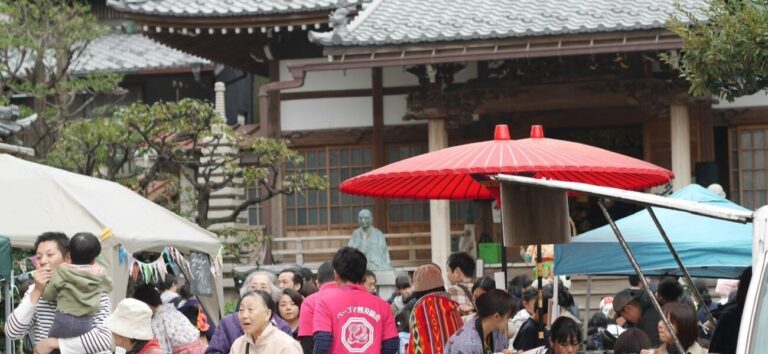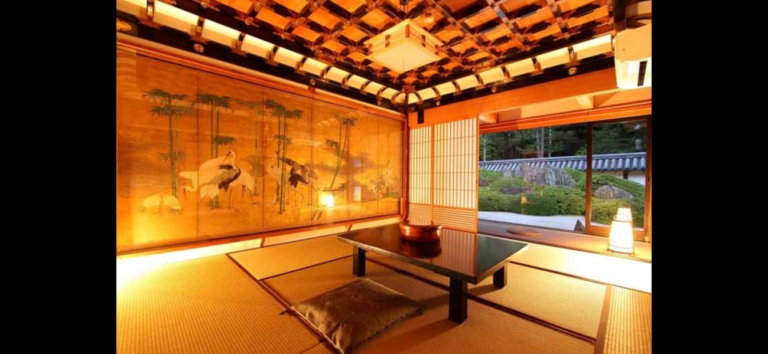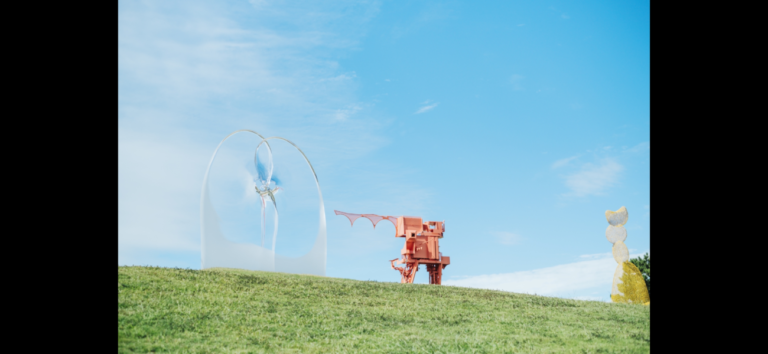
Search
Category
Area
Season
-

Enjoy the rich history of Tokyo's Senju-shuku district with its traditional festival and the tale of Adachihime
This winter, the residents of Kita-Senju, Tokyo, will celebrate 400 years of history, tradition, and culture at a special event in the former post town of Senju-shuku.
The festivities will take place on December 18 and 19, 2024 at Jigenji Temple, Tokyo Arts Center, and rojicoya. Special programming for foreign visitors is available.
The main venue is historic Jigenji Temple. There, participants will enjoy martial arts, the sounds of koto zither and shinobue bamboo flutes, the glow of jiguchi andon lanterns, and impressive shishimai lion dances. Spend the day reveling intraditional performing arts and Senju's local charm.
At night fall, an opera based on the local legend of Adachihime will be performed. This historic tale will be brought to life on stage with song and dance to transport the audience into a world of fantasy.
A newly-developed Japanese tea beer, named ""Adachihime,"" will also be offered at this event. It is fermented with Japanese tea and has hints of cherry blossom flavor.
*Sales of Adachihime beer and samurai, koto, and tsugaru-shamisen programs are offered year-round at rojicoya (reservation required). -
-768x354.jpg)
Kobe, the world’s sake capital
Kobe in Hyogo Prefecture is not only famous for beef, but it also includes part of the Nada Gogo, or “Five villages of Nada,” that became famous for brewing sake centuries ago. Nada sake uses the area’s relatively hard water and high-quality Hyogo-grown rice to offer richer flavors and lots of body, and was the origin of many brewing techniques still in use today.
Kobe breweries, including behemoths like Hakutsuru – which has over 280 years of history – collectively account for the largest production of sake in the world. Many have museums, like the Hakutsuru Sake Brewing Museum, a huge facility displaying traditional tools, videos and dioramas exploring the history of sake brewing, with information in English and other languages. Best of all, the museum includes plenty of souvenirs and a tasting area – with some free sake, and others that require a fee. -

Experience shukubo, a temple stay, on the holy mountain site
One of the best ways to experience the true magic of Koyasan is to stay overnight at a temple. Known as a shukubo, a temple stay at Koyasan gives visitors the opportunity to relax, reflect and immerse themselves in the traditional practices of Shingon Buddhism.
Discover the day-to-day lives of Koyasan’s monks in one of 50 temples that offer the shukubo experience. With breakfast, dinner and comfortable overnight lodgings available, you can truly immerse yourself in this enriching cultural experience. Taste the traditional vegetarian dishes prepared by the monks and join them for morning prayers and meditation.
Clean and simple furnishings, including traditional tatami floors and sliding doors (fusuma) typify the temple lodgings at Koyasan and reflect the abundant peace and tranquility that define these sacred spaces. It’s important to remember, though, that rooms and meals vary depending on the temple. For further information, you can refer to our guide on temple stays. -

UBE Biennale: Sculpting a legacy of art and community
Finally, Ube in Yamaguchi Prefecture has the honor of being the first city in Japan to hold a large-scale outdoor sculpture exhibition. Started in 1961 as a citizen-led project to beautify the town with greenery and public art, the Ube City Outdoor Sculpture Exhibition has been held every two years since and eventually evolved into the UBE Biennale. The city has amassed a collection of roughly 400 pieces, which remain on display in Ube’s plazas, public facilities and airport.
Perhaps the most scenic location of all is lakeside Tokiwa Park, where several of the largest and most noteworthy installations are on permanent display. This is also the customary viewing venue for new award-winning sculptures. With the festival’s upcoming 30th iteration scheduled for October 27 to December 22, 2024, visitors taking a stroll around Tokiwa then won’t just be going for a walk in the park, but a walk through 60-plus years of contemporary sculpture on vibrant display.
